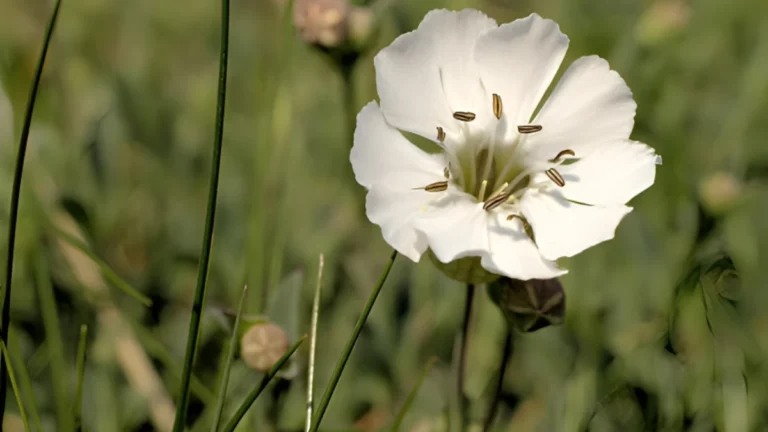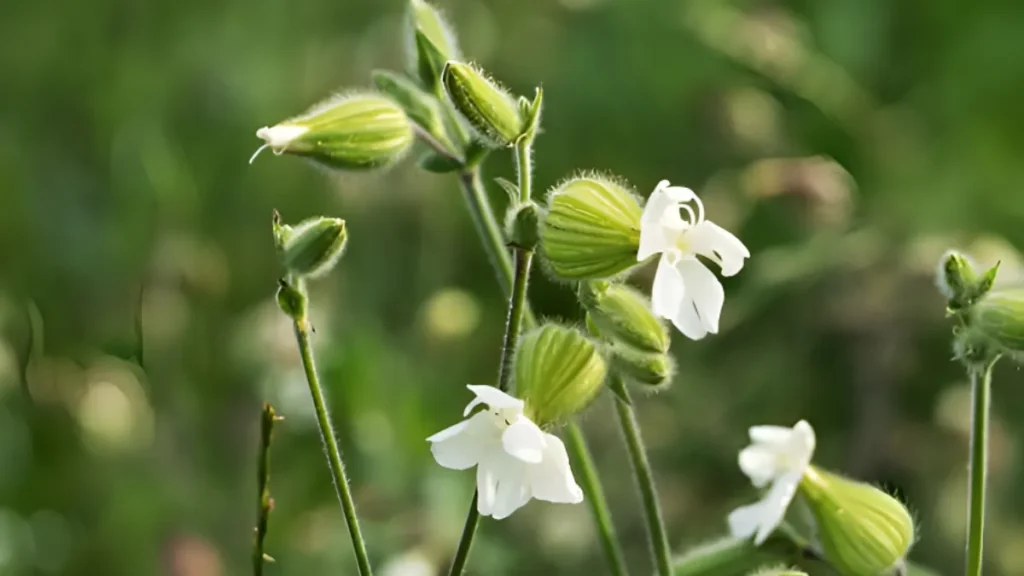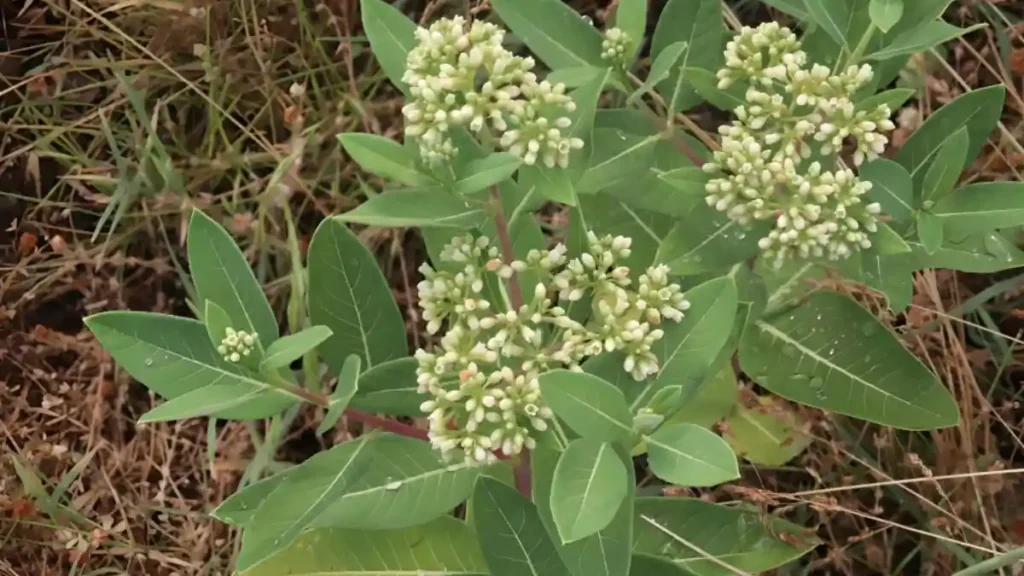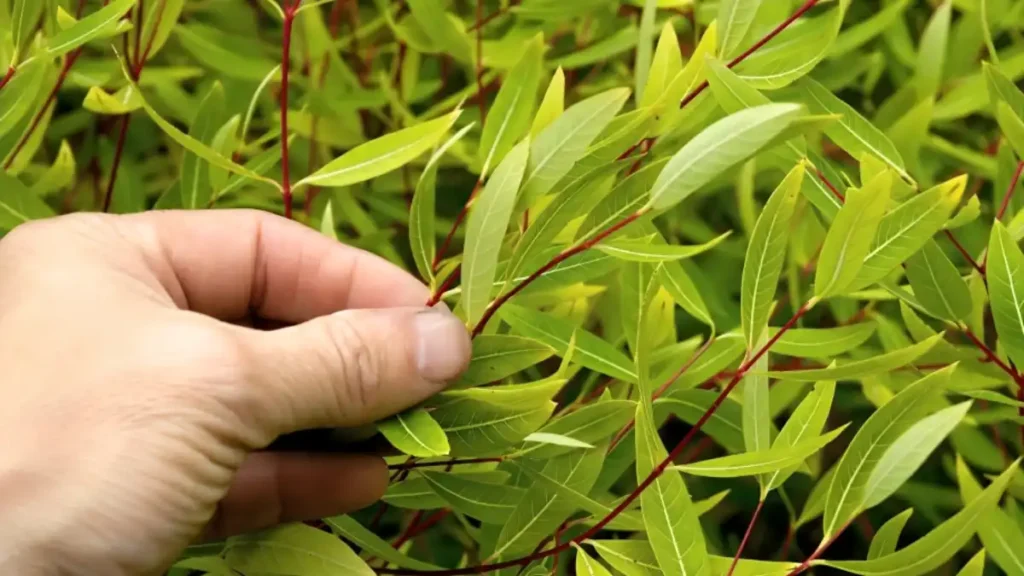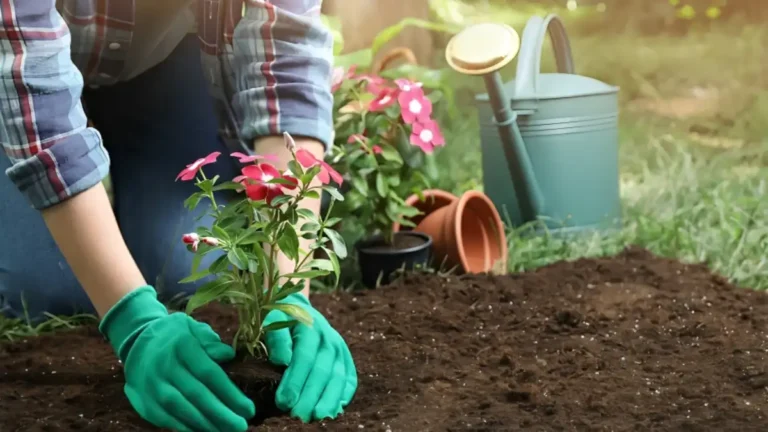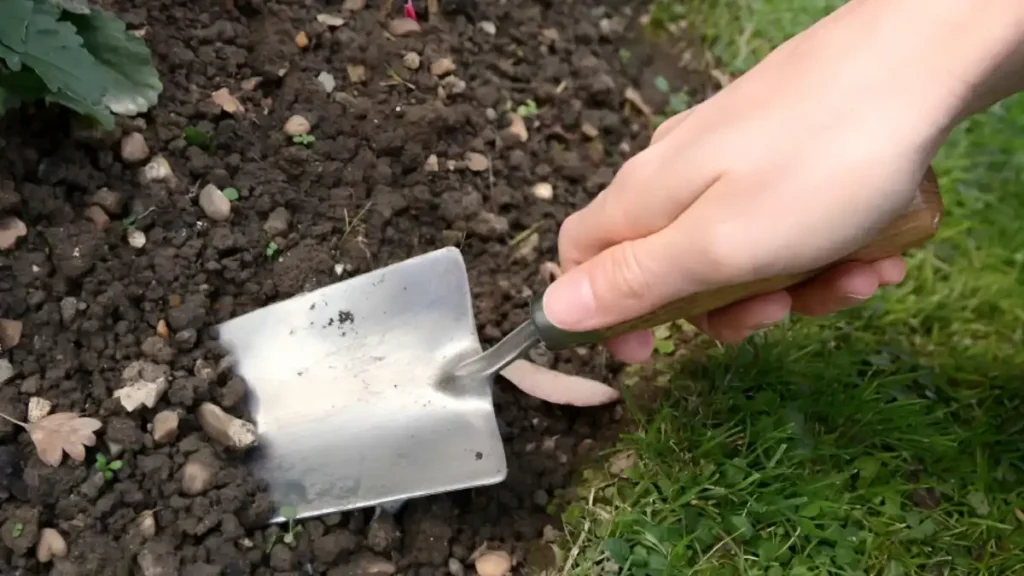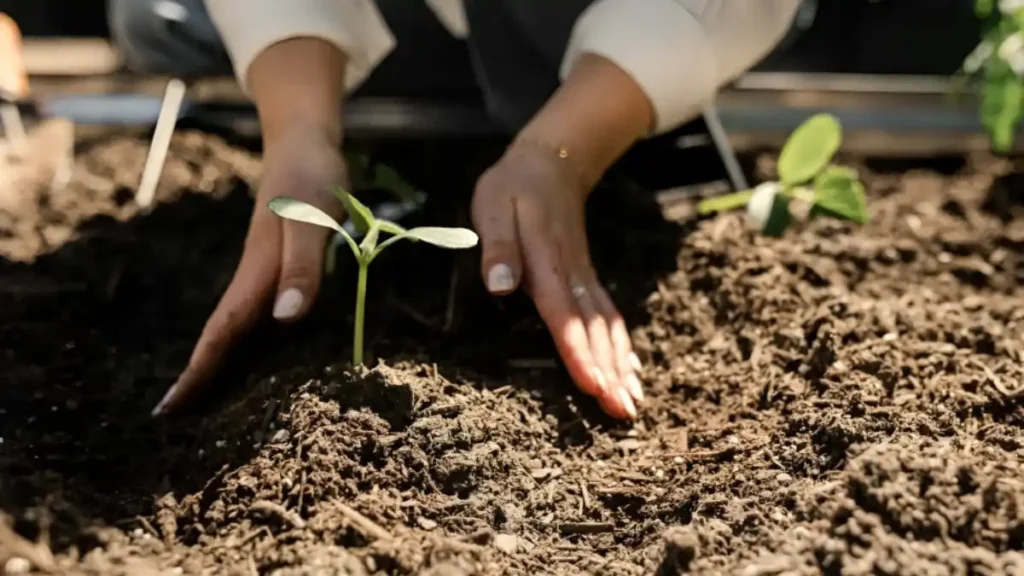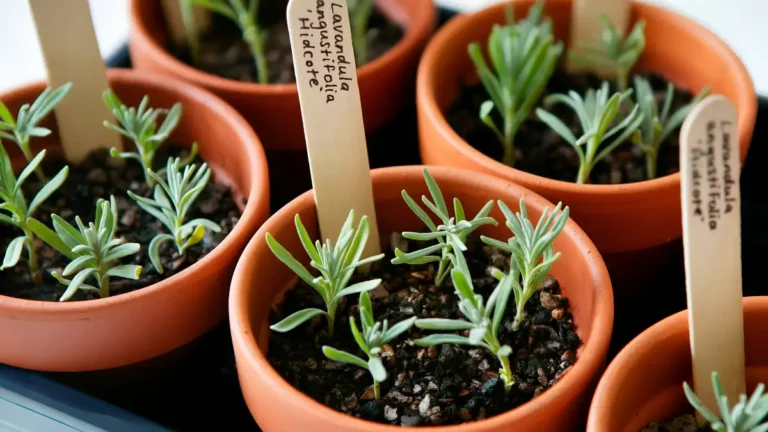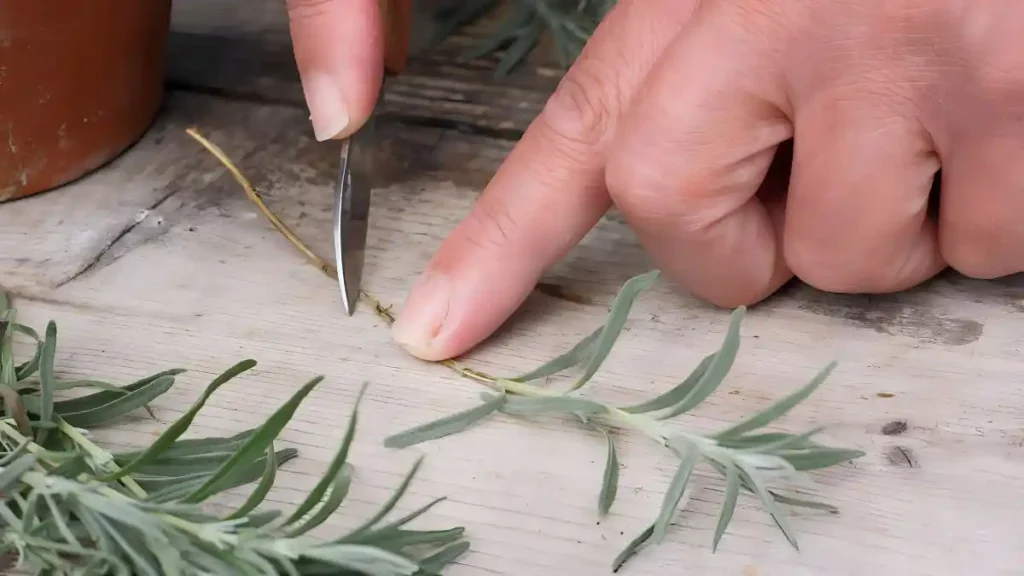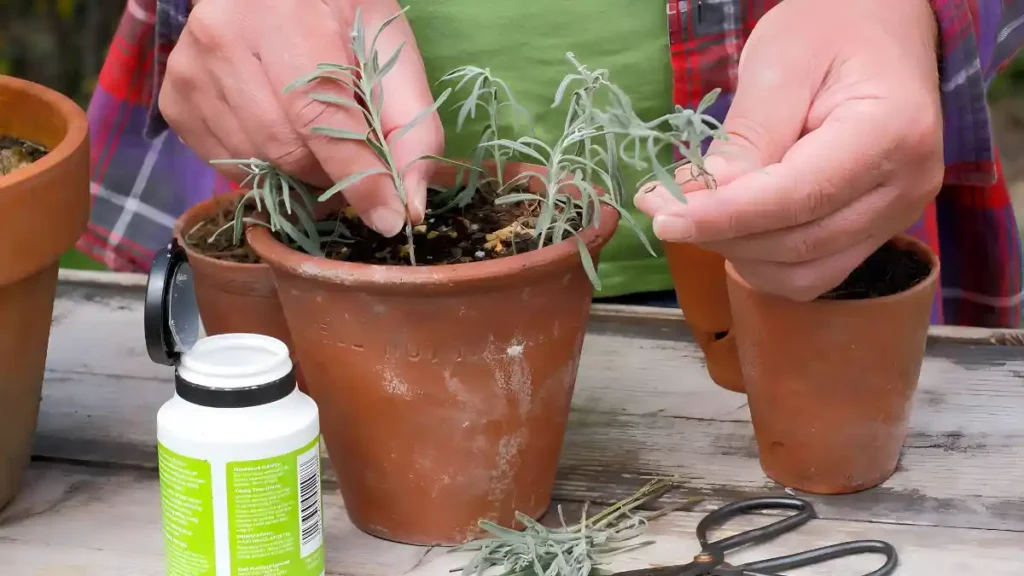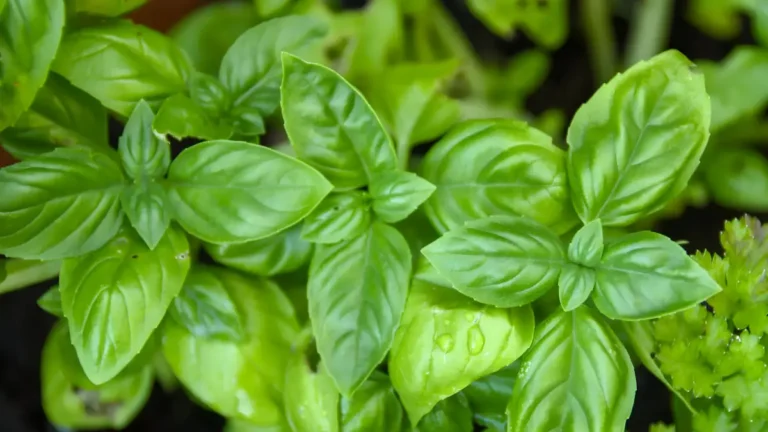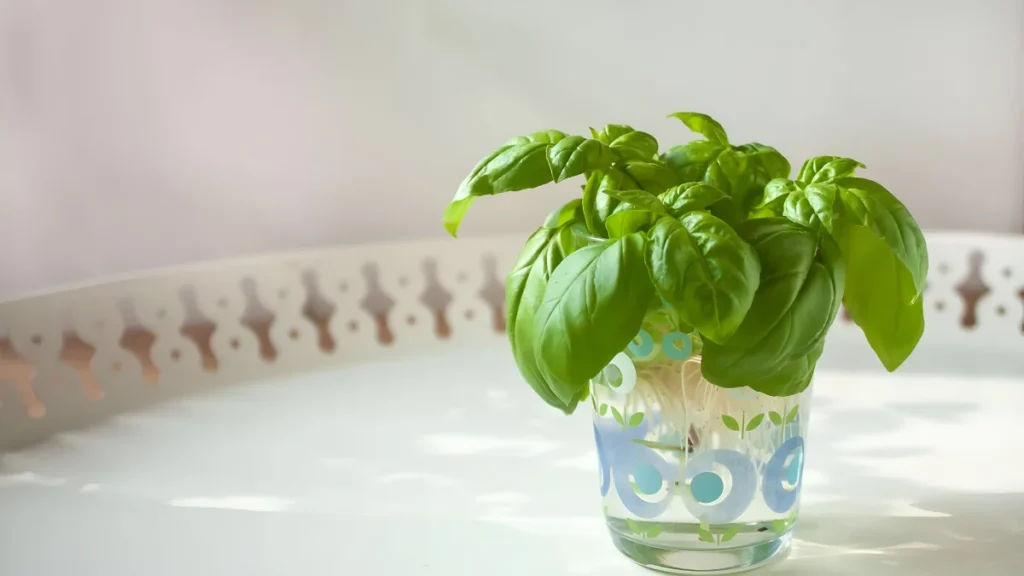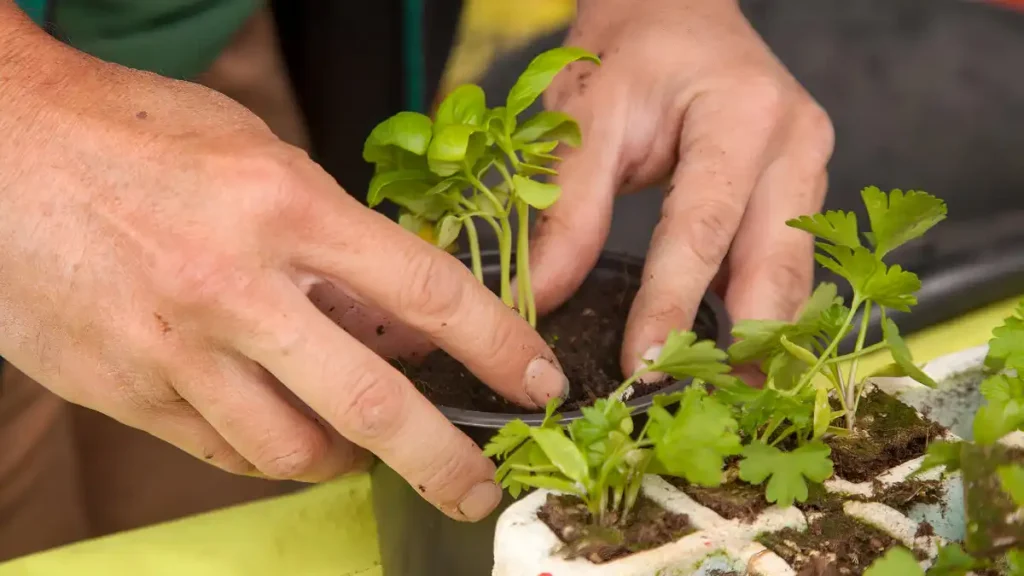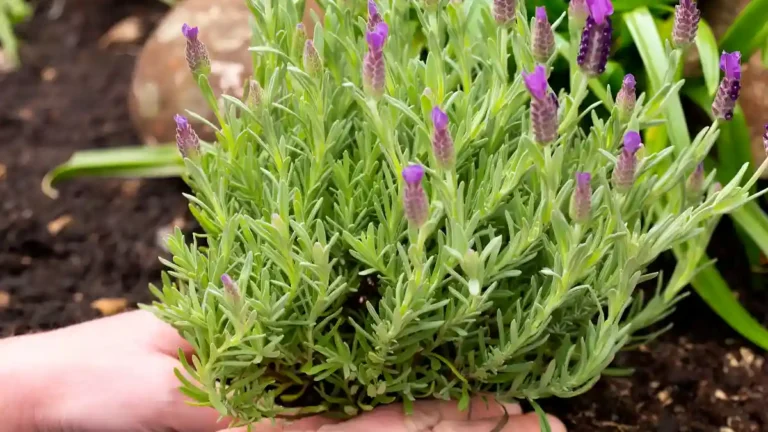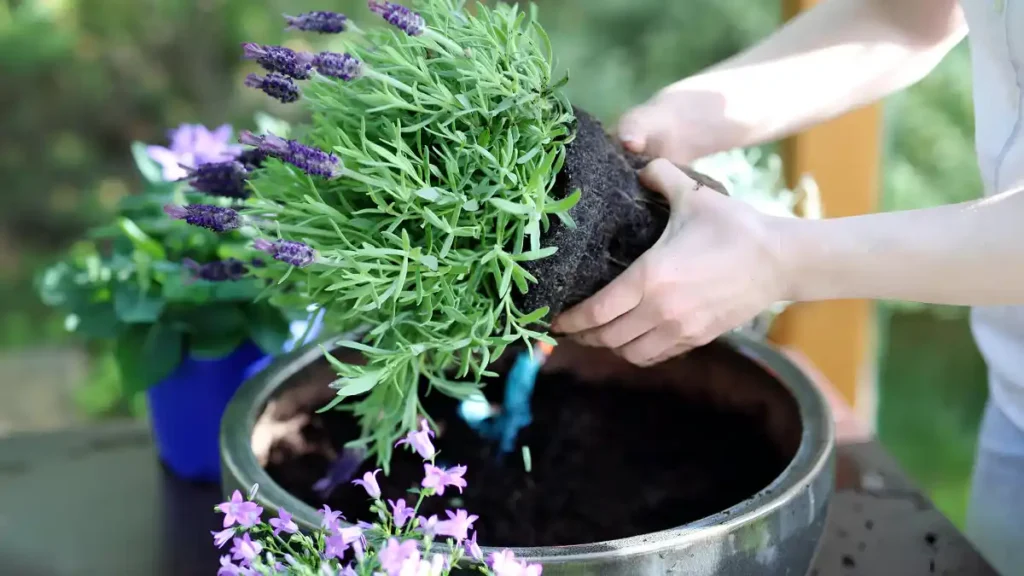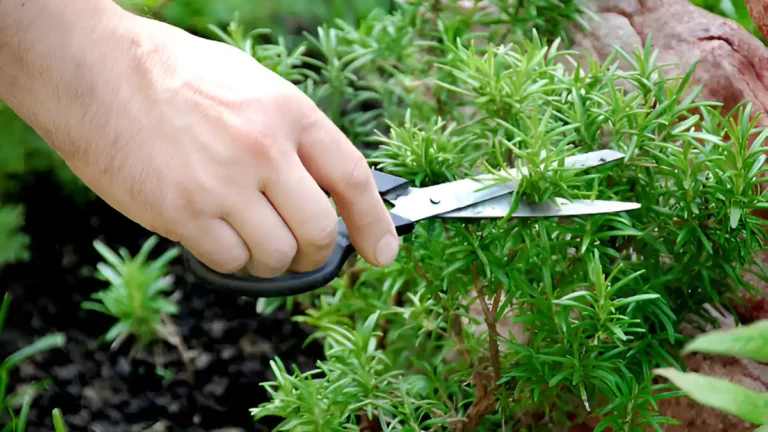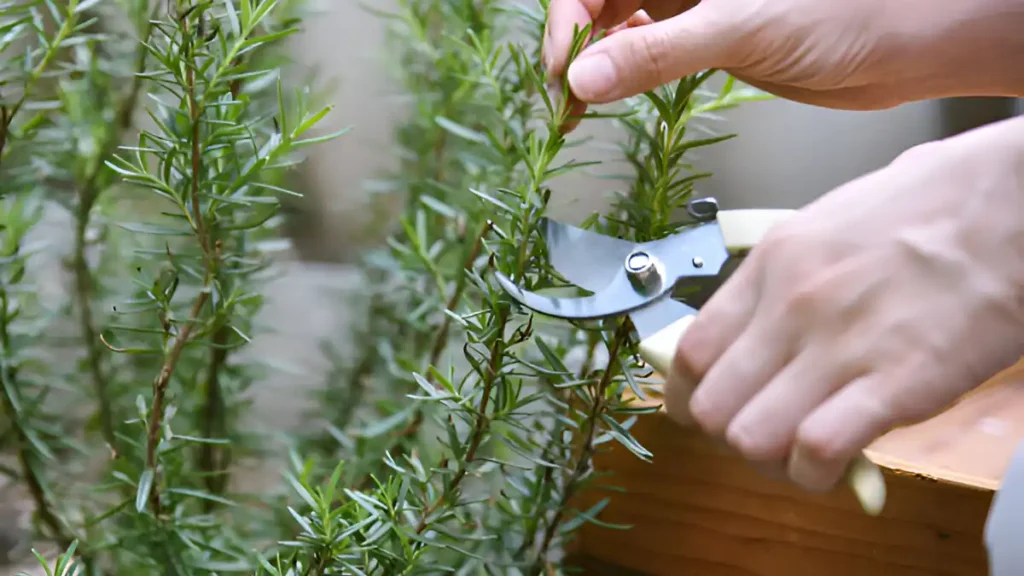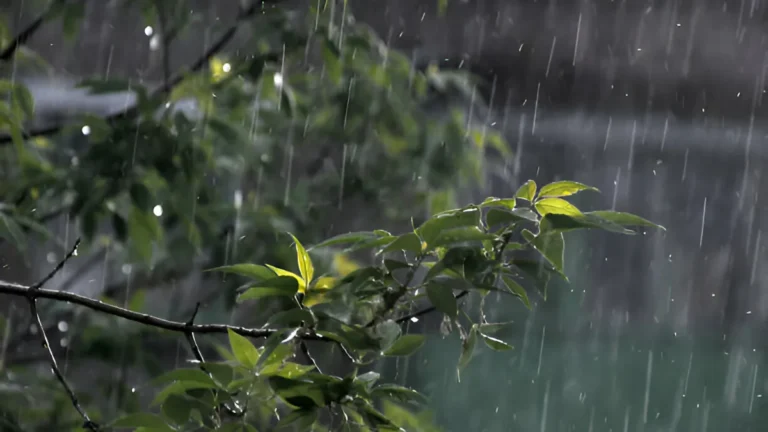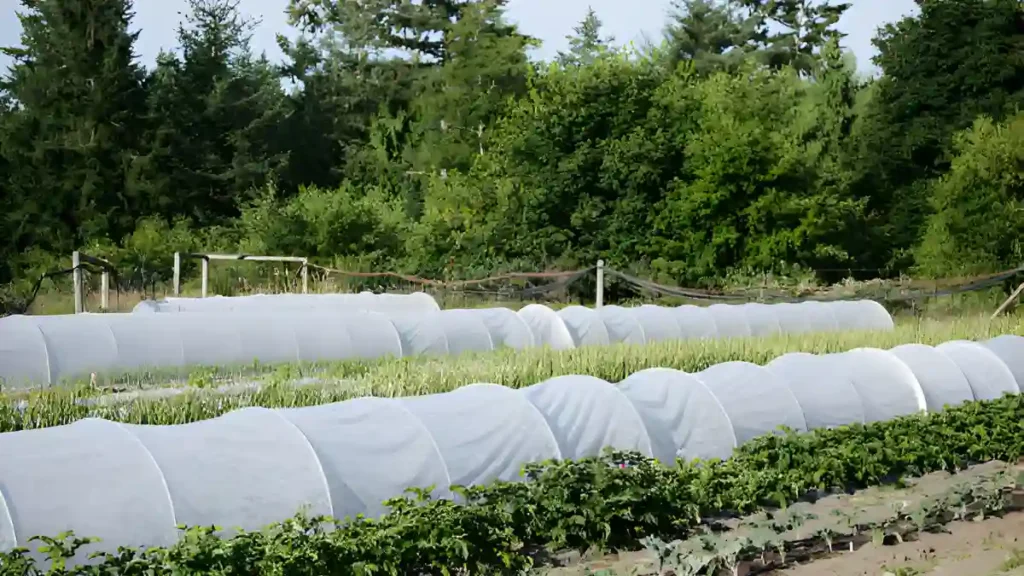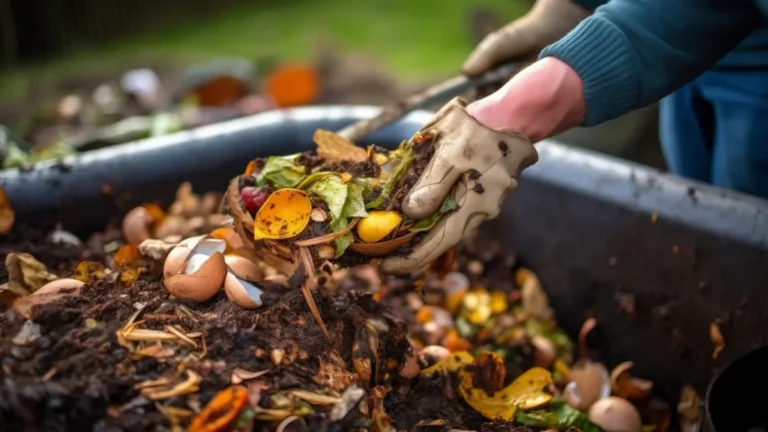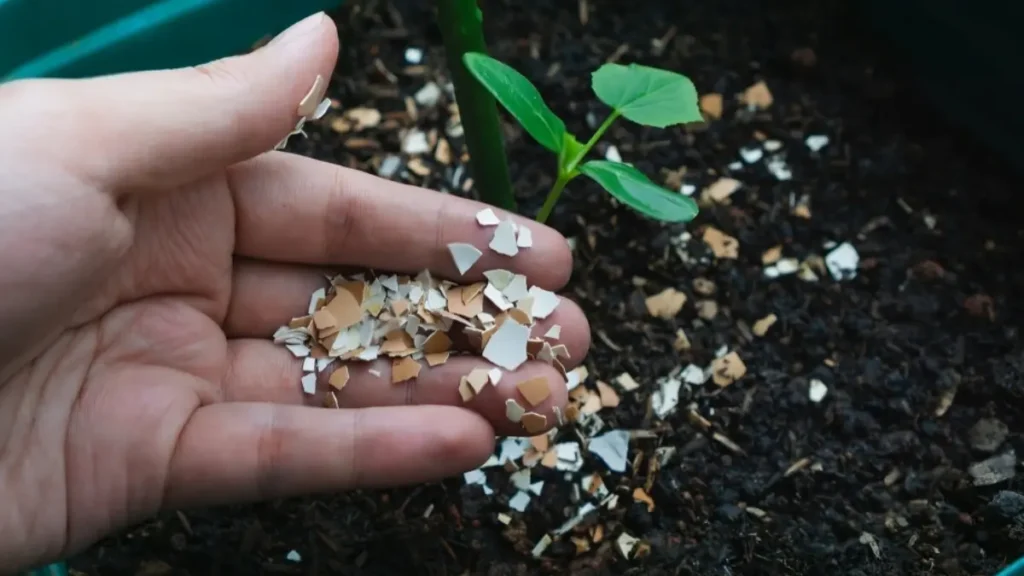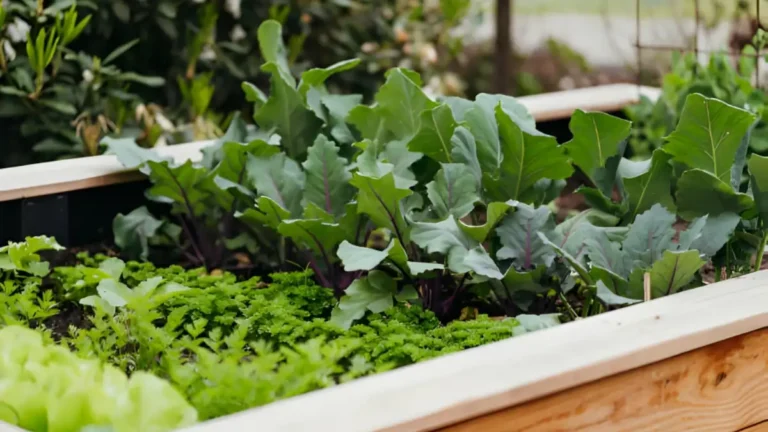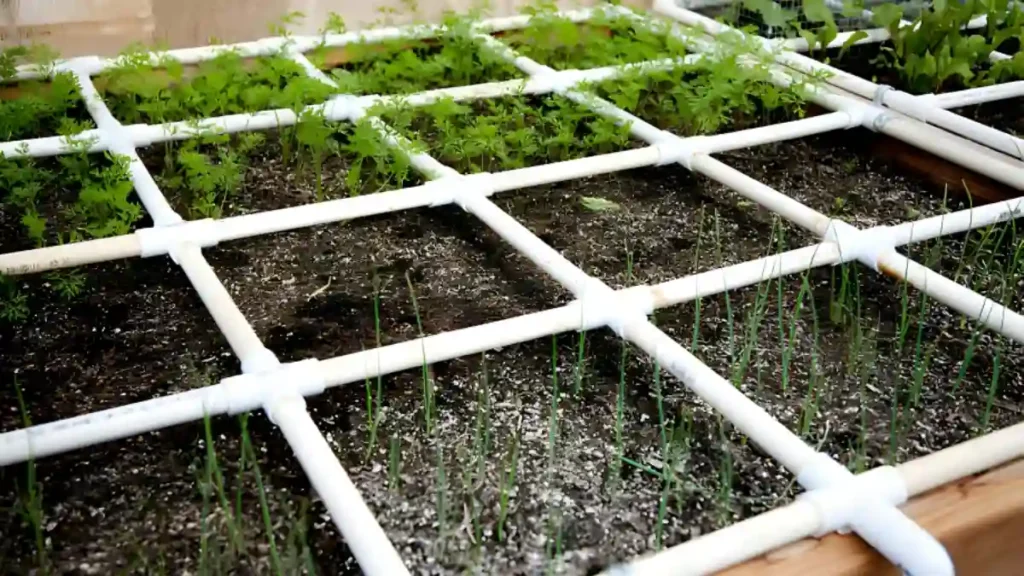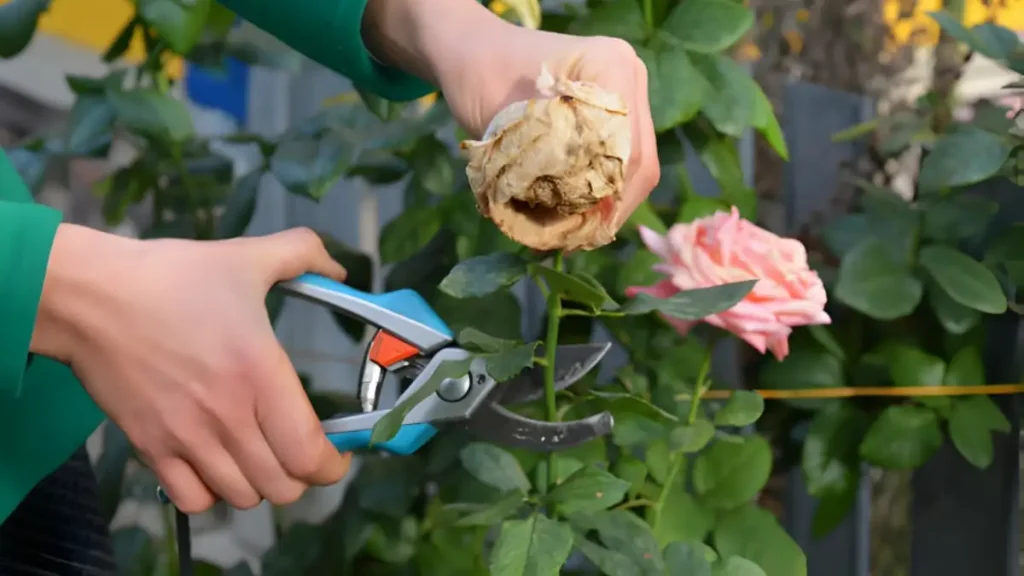Warm-season perennial Bahia grass is frequently used in lawns and erosion management. renowned for being resilient and requiring minimal care. It can be cultivated in a range of soil types and has exceptional drought tolerance. A verdant lawn can be ruined by the rough, unsightly appearance of Bahia grass. This tutorial will assist you in eliminating Bahia grass from your lawn.
Learn about Bahia grass identification:
Bahia grass is a perennial, warm-season grass. These methods will help you in recognizing it.
- It is easily recognized by its two-pronged Y-shaped seed head, which oddly protrudes above the rest of your grass like a sore thumb. It grows in short, thick clumps.
- Bahia grass develops low to the earth and creates a dense turf by spreading via rhizomes and stolons. It stalks along strong rhizomes and is light green in hue. Although it can turn yellow or brown in colder months or when stressed, when it is healthy, bahia grass often has a medium to dark green hue.
- Many times, bahia grass is mistaken for other weeds that look similar. Since it can withstand drought better than many other turf grasses, it is frequently found in areas like the southeast United States, particularly on sandy soils.

Find out how to get rid of Bahia grass in yard:
These are some efficient techniques for getting rid of Bahia grass.
Bahia grass control:
Utilization of Herbicides
- Late spring or early May is the best time to administer a post-emergent pesticide to the weed. Avoid getting it on other plants by spraying it straight onto the lawn. Observe all safety recommendations on the product label. Once all the seeds, rhizomes, and bahiagrass have been concealed by the turf, the same herbicide should be reapplied every 4 to 6 weeks. Pick a chemical like metsulfuron.
Increase the Fertility of the Soil
- Instead of adding fertilizer to the soil, compost can assist your favorite grass takeover because Bahia grass prefers sandy soil. When used as a long-term tactic, this effectively crowds out Bahia grass. Once the Bahia grass has been removed from your lawn, you will be left with barren spaces. Instead of using seed to fill in these patches, use plugs because weeds will quickly take over.
Manual Elimination
- Dig up the bahia grass and remove as much of the root system as you can because the roots are deep. This grass will spread less if you mow it often to stop it from flowering and releasing seeds. You can eliminate the opportunity for weeds of any kind to develop by keeping your lawn at a height of two inches during the growth season.
Apply fertilizer & water sparingly
- The idea that fertilizing lawns might inhibit the growth of weeds sounds counterintuitive. Water and sunlight cannot reach any weeds when the grass is healthy. Fertilize your lawn in the spring and fall, if possible. For advice on when to fertilize lawns, speak with an expert. To prevent Bahia grass from dying, cover the grassy area with a thick layer of cardboard or mulch. This will shield the sun and wind. Avoid the need to water your lawn to stop the proliferation of weeds and bahia grass, which both love water.
Conclusion:
In conclusion, particularly prevalent in the southeastern United States, Bahia grass grows well on sandy, well-drained soils. Lawns and pastures frequently utilize it. Its ability to withstand harsh environments, however, makes it a sensible option for low-maintenance landscapes and regions with little irrigation. A few methods for eliminating Bahia grass are covered in depth above.
Certainly! If you’d like to learn more, please consider following our WhatsApp Channel: Harvest Gardening
A frequently asked questions:
Q1. What is bahiagrass?
A1. Bahiagrass is a perennial grass that grows in warm weather. Its rhizomes and seeds are the main ways it spreads.
Q2. What kills bahiagrass?
A2. The best herbicides for destroying Bahia grass comprise atrazine or glyphosate, which efficiently kills the grass without damaging other beneficial plants. During the spring growing season, herbicide application is most effective.
Q3. What is bahia grass fertilizer?
A3. Fertilizer for Bahia grass is a blend of nutrients created especially to encourage strong growth. Two to three times a year, preferably in the early spring and midsummer, bahia grass should be fertilized.
Q4. How to get rid of bahia grass without killing grass?
A4. Applying a selective herbicide made specifically for Bahia grass as a spot treatment works well and keeps the neighboring lawn safe. Only apply sparingly to weedy grass spots.
Q5. What is the use of bahia grass seeds?
A5. The main goal of Bahia grass seeds is to produce a hardy plant. It is utilized to cultivate lawn or pasture grass and is thought to be low-maintenance and drought-resistant.


